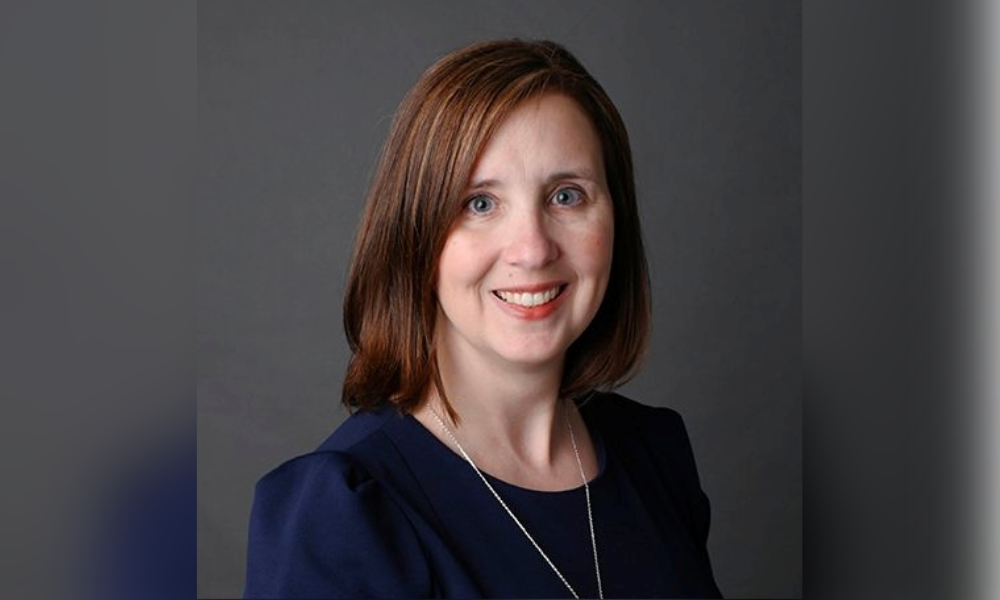Sanita Alias from the Canadian Internet Registration Authority on the power of AI and human partnerships

In 2021, The Canadian Internet Registration Authority (CIRA) undertook a significant reorganization amidst the pandemic, shifting from a traditional structure to a business unit orientation – no mean feat from an HR perspective.
Speaking to HRD, Sanita Alias, vice-president of people, culture, and brand at CIRA, says that this transition was intended to create more autonomous teams with contained functions, enhancing the organization’s agility and responsiveness, especially in the COVID chaos.
"The way we managed that change and maintained performance was really by explaining the ‘why’ and involving our employees every step of the way," she says.
CIRA held multiple sessions with a group of diverse employees representing various business units to gather feedback on what was working, what wasn’t, and what needed optimization.
“It was this inclusive approach which ensured employees understood the reasons behind the reorganization and felt comfortable sharing their perspectives,” Alias says.
Improved communication and collaboration
The results? Overwhelmingly positive.
"Through our engagement survey, we found that communication had improved, we were collaborating better, more decisions were being made based on data, and importantly, every employee felt aligned to our vision and contributing to our overall mission,” she tells HRD.
Fundamentally, Alias believes that organizations can achieve more when they create a culture that supports employees and allows them to do their best work. For HR leaders, this means balancing the needs of the employees with those of the business.
CIRA, for example, protects eight million Canadians and runs a mission-critical operation to ensure the .CA domain registry is always up – but, at the same time, employees sought the flexibility they experienced during the pandemic.
This is where the magic of the hybrid model comes in.
"Employees are looking for opportunities to collaborate and work in ways that go beyond a video call," Alias tells HRD. "I don't think any hybrid work model is perfect, but a balance can be found if you're listening to the different perspectives and optimizing for a solution that responds to the needs of your employees and of the organization."
‘Our people live by CIRA’s values’
Alias is particularly proud of the team of ambassadors she created to maintain a pulse on the organization and ensure that new perspectives and ideas are heard.
"We have a small team that represents business units across the organization," she explains. "These are people who live by CIRA’s values, collect feedback for us and are a valuable sounding board and touchpoint for introducing new ideas."
And looking ahead, for Alias it’s more of the same – more innovation that is, with her telling HRD that investing in both your people and new technology is absolutely critical.
"As HR leaders, we can’t resist or avoid the pervasiveness of machine learning technologies like AI. Instead, we need to approach innovation like we approach everything — by putting people first. That means supporting employees by providing them with training and development opportunities to navigate the changes and challenges AI brings to the nature of work," she explains.
"We can't best harness these technological advancements as valuable tools unless we are investing in skills development. When I think about investing in technology, that goes hand in hand with investing in our people so that they can best use these tools. Fundamentally, I think technology should be used as a tool to help people do their best work."






